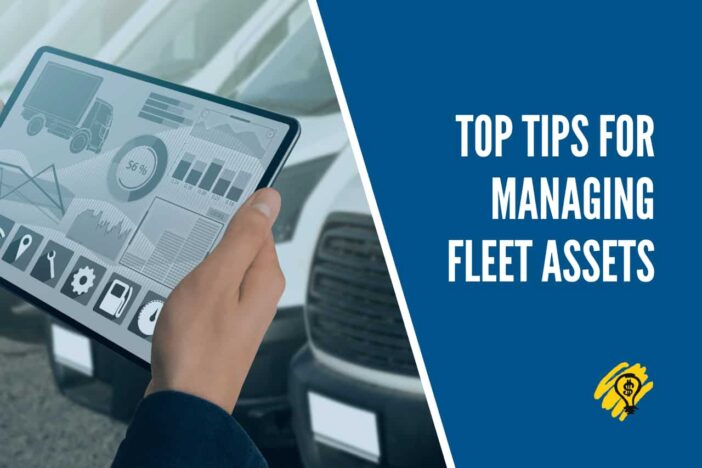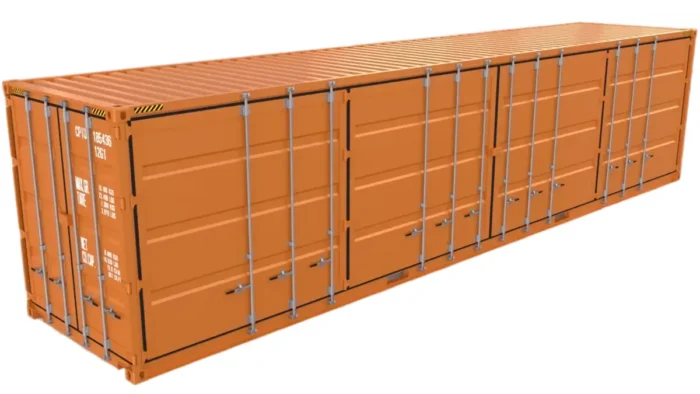With millions of dollars in technology assets on the line, managing fleet assets has never been more critical. That’s why we’ve gathered up some of the best tips we’ve seen to help you better protect, monitor, and track your fleet assets.
Managing fleet assets is critical to ensure both drivers and vehicles stay safe while on the road. There are several tips that will help you create a comprehensive plan for managing your own assets. This can save you money in the long run and help you stay more organized.
The most valuable assets in a business are its people and its assets. As a fleet manager, you’ll need to balance between investing in equipment, paying employees, and maintaining and operating fleet assets. This post will outline the top tips for managing fleet assets and offer some suggestions for how to best optimize your fleet management strategy.
Using the Right Fleet Tracking System
To better manage fleet assets, it is critical to ensure you are tracking your fleet and improving safety. One way of doing this is by using AI dash cams for video-based safety. These systems can protect drivers while lowering costs. They are also helpful if there is any type of dispute over who was at fault during an accident and would be able to point to the high-definition video evidence on file.
Create a Plan with Clear Objectives
Come up with an asset management plan that offers clear goals and objectives. These should define the targets and scope of this project. Depending on the regulatory organizations in your area, you might need to get additional documentation or track certain aspects to remain in compliance. Ensuring you have a plan with clear goals will ensure you are meeting the expectations of the various stakeholders. This also ensures you are on the same page with employees who want this to be successful. By defining your objectives now, you can integrate them into the process of measuring performance and tracking certain financial metrics.
Measuring Performance
It’s important when determining how to manage a growing fleet to make sure you are measuring certain key performance indicators to determine whether your plan is effective. You might decide to grade these indicators based on whether they are excellent, good, fair, or poor. You can use fleet management software to help track each category. That way, you will be able to ensure the right maintenance and repairs are being done.
One way of measuring performance and the return on your investment is to do a cost analysis. Review the lifecycle of every vehicle in your fleet. This is useful because each part of the process has its own expected lifecycle, and you can often extend it by doing regular maintenance and being proactive. Doing a cost analysis lets you decide which options make the most financial sense, so you can choose the right vehicles. This will also help your organization save money.
Continually Make Changes
Ensure you are regularly reviewing your current processes to make sure you are staying on track with your goals. The best companies are able to continually improve their operations, making changes for both the long-term and short-term.
Coming up with a plan to manage your fleet assets is only the first step in what should be a long-term operation. Don’t feel like everything has to be perfect the first time around, because you will get more value out of the planning when you make small improvements over time. You might decide to have a few sessions spread out over the year. You can get feedback from anyone helping with the process so you can define new initiatives and goals.





